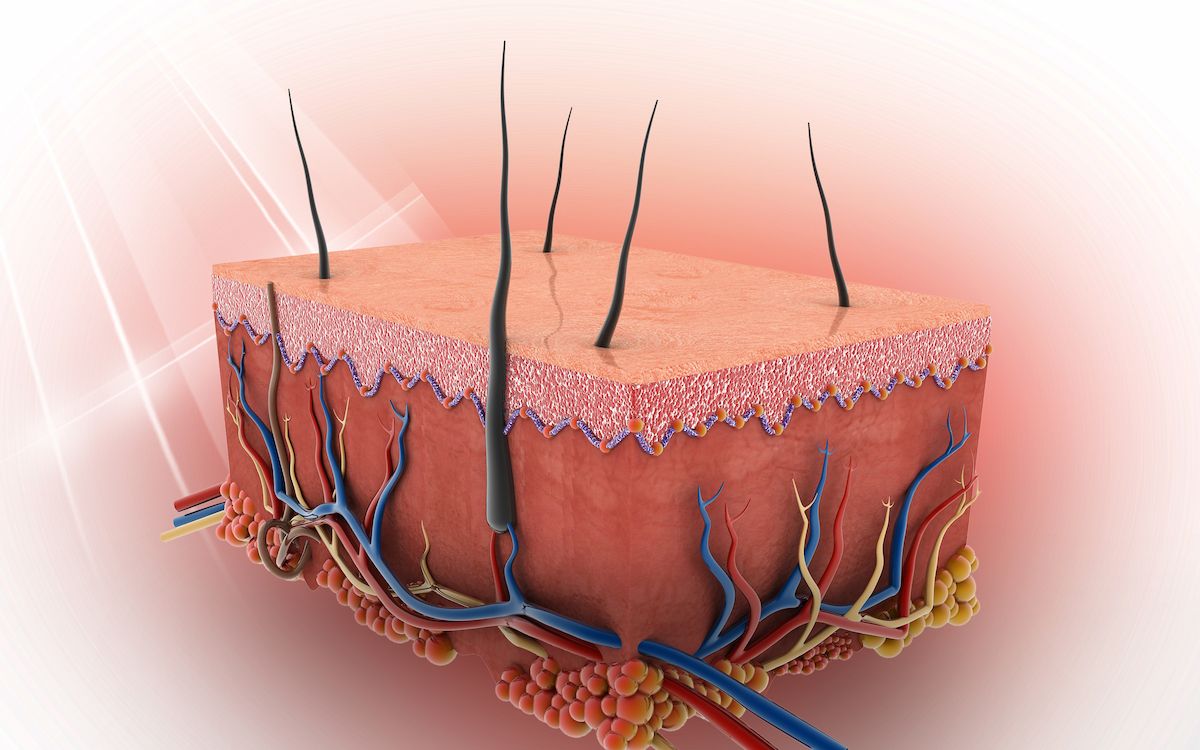Nivolumab Combo Improves EFS in Stage III Melanoma
Phase 3 findings show the benefit of immunotherapy before surgery in those with macroscopic stage III node-positive melanoma.
"The study confirms and shows for the first time in a phase 3 study that giving immunotherapy before surgery results in superior outcomes to giving immunotherapy only after surgery," according to ASCO commentator Michael Lowe, MD, from Emory University.

Event-free survival (EFS) was improved when combining neoadjuvant nivolumab (Opdivo) with ipilimumab (Yervoy) prior to therapeutic lymph node dissection (TLND) plus adjuvant therapy in patients with macroscopic stage III node-positive melanoma, according to data from the phase 3 NADINA study (NCT04949113) presented during the 2024 American Society of Clinical Oncology (ASCO) Annual Meeting.
At the first interim analysis conducted after a median 9.9 months’ of follow-up, the estimated 12-month EFS rate with the neoadjuvant combination of nivolumab and ipilimumab plus response-drive adjuvant therapy was 83.7% compared with 57.2% for adjuvant therapy alone (HR, 0.32; 99.9% CI, 0.15-0.66; P < .0001). This benefit remained consistent across key subgroups and a correlation was seen between pathologic complete response rates and EFS.
"This was at once the interim and the final analysis, because it was highly statistically significantly positive," lead investigator Christian U. Blank, MD, PhD, Netherlands Cancer Institute (NKI-AVL), Amsterdam, Netherlands, said during a press briefing on the results. "I think NADINA defines now in melanoma that neoadjuvant immunotherapy is the new standard of care for macroscopic stage III melanoma. It is a new template for other malignancies implementing an immunotherapy regimen followed by response driven activities."
In the study, 423 patients were randomized to the neoadjuvant arm (n = 212) or the standard-of-care adjuvant group (n = 211). Most patients in the study were male (65%) and ages were mixed between those over and under the age of 60. Most patients were enrolled in Europe (66%) and the T stage was balanced across T1 (14%), T2 (18.9%), T3 (21.3%), and T4 (23.2%). All patients had at least 1 PET-positive lymph node at diagnosis, with 19.6% having 2 to 3 nodes and 3.5% with more than 3 positive nodes. There were 11.3% of patients with metastases in transit.
In the investigational arm, treatment was administered every 3 weeks for 2 cycles and consisted of nivolumab at 240 mg and ipilimumab at 80 mg. This was followed by TLND. For those who did not achieve a major pathologic response (MPR) in the neoadjuvant stage, adjuvant therapy was offered based on BRAF mutation status. For those with BRAF-mutated tumors, adjuvant treatment was offered with dabrafenib (Tafinlar) at 150 mg twice daily plus trametinib (Mekinist) at 2 mg daily for 46 weeks. For those with BRAF wild-type tumors, adjuvant nivolumab at 480 mg every 4 weeks was utilized. If an MPR was achieved, no additional treatment was provided. In the comparator arm, TLND was completed followed by 12 cycles of adjuvant nivolumab at 480 mg every 4 weeks.
For those with BRAF-mutant melanoma, the EFS rate was 83.5% with neoadjuvant nivolumab/ipilimumab compared with 52.1% for those treated with adjuvant therapy alone (HR, 0.29; 99% CI, 0.13-0.63; P < .0001). In the BRAF wild-type group, the EFS with neoadjuvant nivolumab/ipilimumab was 83.9% compared with 62.4% with adjuvant therapy alone (HR, 0.35; 99% CI, 0.15-0.82; P = .0014).
By local assessment, the MPR rate with neoadjuvant nivolumab/ipilimumab was 56.6% and by central review it was 59.0%. The pathological complete response rate was 45.8% by local assessment and 47.2% by central review. A minority of patients had a pathological partial response of 9.4% by local assessment and 8.0% by central review. For those with a pCR, the probability of relapse-free survival (RFS) at 12 months was 95.4%. For those with a near-pCR, which was included in the MPR criteria, the 12-month RFS rate was 94.1%. Those with a partial response had a 12-month RFS rate of 76.1%.
Subgroup analyses favored nivolumab and ipilimumab across all subgroup analyses. For those with T4 disease, the HR was 0.38 in favor of the neoadjuvant combination (99% CI, 0.12-1.14) and in the T1, T2, and T3 groups the HRs were 0.31 (99% CI, 0.04-2.25), 0.16 (99% CI, 0.03-0.85), and 0.38 (99% CI, 0.14-1.01), respectively.
"The study confirms and shows for the first time in a phase 3 study that giving immunotherapy before surgery results in superior outcomes to giving immunotherapy only after surgery," said ASCO commentator Michael Lowe, MD, from Emory University. "The study also confirms that giving 2 immunotherapy drugs before surgery results in excellent responses."
The most observed grade 3 or higher adverse events (AEs) in the neoadjuvant arm were infection, diarrhea, abnormal blood counts, rash, fever, and fatigue. Overall, serious AEs were observed in 29.7% of patients in the neoadjuvant group compared with 14.7% in the standard therapy arm. There was 1 death in the adjuvant only arm related to pneumonitis. Surgery-related AEs were reported in 14.6% of patients in the neoadjuvant nivolumab/ipilimumab arm and in 14.4% of the adjuvant group.
"The quality of life was equal for the neoadjuvant arm and for the adjuvant arm, despite the difference in grade 3 or 4 toxicities in these patients," said Blank. "The majority of toxicity or quality of life reduction for the patients comes from the surgery and not from the immunotherapy."
Reference
Blank CU, Lucas MW, Scolyer RA, et al. Neoadjuvant nivolumab plus ipilimumab versus adjuvant nivolumab in macroscopic, resectable stage III melanoma: The phase 3 NADINA trial. J Clin Oncol. 2024;42 (suppl 17):LBA2. doi:10.1200/JCO.2024.42.17_suppl.LBA2.